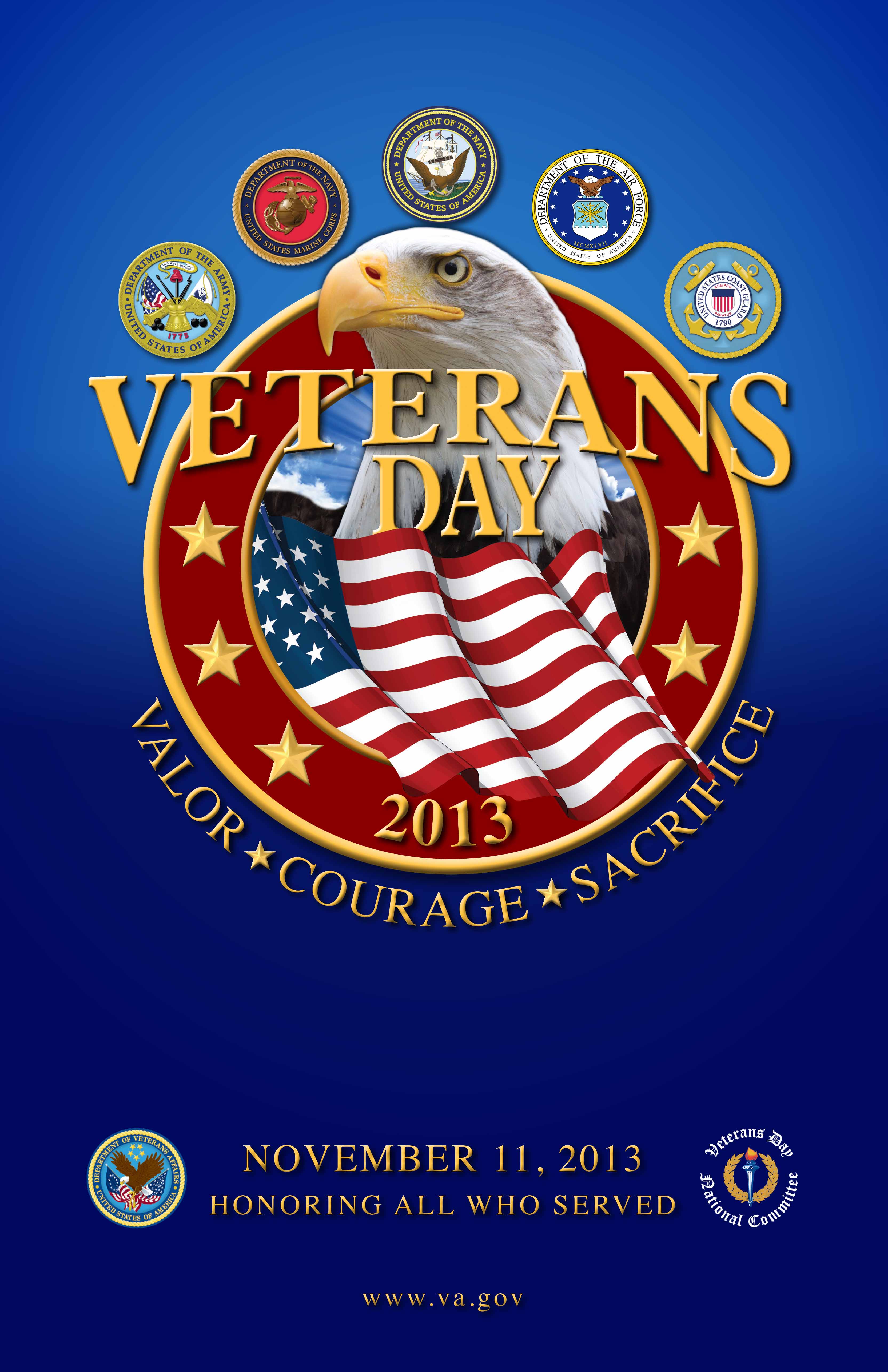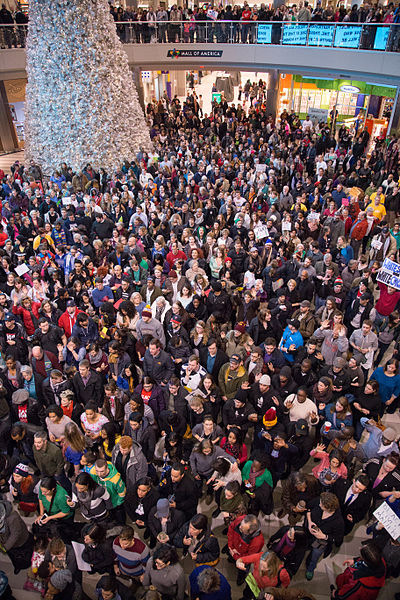I read Nancy Sherman’s book Afterwar: Healing the Moral Wounds of Our Soldiers (2015) as a veteran of the US-led occupation of Iraq and as a board-member of the Islah Reparations Project. The intuitive answer to my own moral injury was to bring reparations to the people I helped hurt, and that has been my life for the past decade. For that reason, Nancy Sherman’s notion of “moral repair”—“repair” being the root word in “reparations”—was immediately attractive to me.
Lieutenant General (Dr.) James M. Dubik notes in the foreword that one of this book’s most important contributions is an expansion of our understanding of the jus post bellum beyond discussions of ending war justly.
Drawing on her background in ancient philosophy, particularly the stoics, and her training in psychoanalysis, Sherman describes for us with impressive clarity the emotional worlds of veterans and all the what-ifs and should-haves that anguish them. She then makes a persuasive case for extending our notion of post war responsibility from being the task of government to the duty of individual citizens, assigning them an essential role in the healing process of our veterans.
Sherman advances two main arguments in this book: That civilians have a responsibility to veterans, a responsibility that is grounded in their causal contribution to starting and facilitating war—through voting, paying taxes, participating in public debate, and lobbying—and, hence, to sending our armed service members into harms way. And that moral injury is a poorly understood, under-treated condition that veterans suffer from upon returning home. The conclusion is that civilians have a responsibility to engage with veterans upon their return, because veterans need a sympathetic and dependable community to return to. Sherman sees her book as a convocation, as “a manifesto for how to engage in moral repair, one on one, with individual service members and veterans so that we can begin to build a new kind of integrated community” (19).
She believes that two main obstacles are preventing the sort of communion between civilians and veterans that she advocates. The first is the “gaping disconnect between those who wear the uniform and those who don’t” (18). And the second is shallow gratitude, which is expressed most clearly in the ritualistic “Thank you for your service.” The “military-civilian gap” refers to what active duty service members and veterans perceive as the relative normality of civilian life during war time, and the lack of understanding amongst the general population of what veterans have experienced abroad (29). However, there are several scholars who argue for the opposite, that civilian life is being increasingly militarized. One such argument comes from Nick Turse in his The Complex: How the Military Invades Our Everyday Lives (2008). But Sherman takes it on assumption that there is in fact a military-civilian gap without arguing for it or addressing the arguments against it.
*This review by Engaging Peace Board member Ross Caputi is reprinted from the American Book Review, Volume 36, Number 5, July/August 2015.
Ross is currently on the Board of Directors of ISLAH. He is also a graduate student and a writer. In 2004, he was a US Marine in the US-led occupation of Iraq. His experience there, in particular his experience during the 2nd siege of Fallujah, compelled him to leave the US military and join the anti-war movement. His activism has focused on our society’s moral obligation to our victims in Iraq, and to the responsibility of veterans to renounce their hero status in America.



